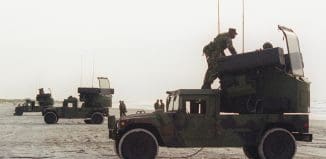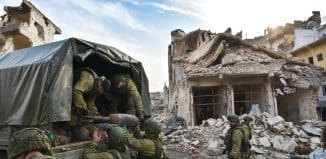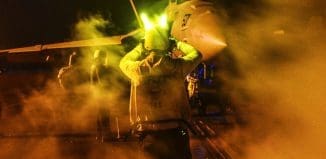Syrian Chemical Weapons and the Terrorist Threat: A Special ICT Report
This post is also available in:  עברית (Hebrew)
עברית (Hebrew)
Following the latest developments in Syria and the international arena, Herzliya’s IDC International Institute for Counter Terrorism (ICT) published a new, September 8th report concerning the status of the Syrian chemical weapons.

The report presents the details of the different chemical weapon caches and describes the dangers the weapons entail.
Since the fighting started in March 2011 more than 100,000 Syrians were killed, and more than 6 million were displaced. Until recently Assad’s forces struggled against the rebels many successes, but in light of the recent developments it’s clear that they are willing to do anything to stay in power – including using chemical weapons.
In addition to the dangers faced by civilians when hit with poison gas and other chemicals, there’s a real danger of such weapons reaching the hands of terrorist organizations, and especially Assad’s ally from Lebanon – Hezbollah. According to one May 4th report Hezbollah fighters had already used chemical weapons against the rebels. Assad might also transfer chemical weapons to Palestinian terrorist groups who support him. One of the most dangerous of these groups is the Popular Front for the Liberation of Palestine, led by Ahmed Jibril.
iHLS – Israel Homeland Security
Rebels already managed to take control of some of Assad’s military bases. In the most nightmarish scenario a radical rebel group would take control over a chemical weapons cache, groups such as the Jihadist Jahba al-Nusra. Monitoring the chemical weapons caches is critical, then, and there’s a need to plan a head – especially for a scenario where Assad loses control over a chemical storage base.
This report is the first part of an ICT project intended to evaluate the threat of proliferation of Syrian chemical weapons to local and regional terrorist organizations and beyond. The report includes information on the status of chemical weapons in Syria and their use updated to mid-June 2013 and an addendum presenting the main points of the United States and French intelligence communities’ evaluation concerning the August 21, 2013 chemical attacks in the suburbs of Damascus.
Click here to read the full report.





























